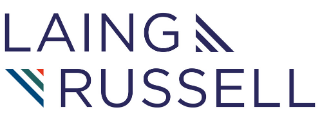Posts Tagged ‘leadership’
What’s the Point? Getting Strategy Right
Prompted by reading and reflecting on a recent article “Getting strategy wrong and how to do it right instead” published in McKinsey Quarterly, we concluded that the best place to start is with the “what’s the point” question. Real, open, informed discussions amongst senior leaders are essential if you are going to get strategy right.…
Read MoreDeveloping key relationships to enable delivery of value
A recent article in Harvard Business Review identified four elements of the playbook that differentiates organisations that deliver class-leading productivity improvement. The ability to capture value from digitisation was the first of the playbook’s elements. Based on cross sector research by a team from McKinsey, the playbook’s other elements were “investing in intangibles”, “building a…
Read MoreConnecting to Value
In our experience, focusing and motivating your teams to deliver value for your organisation remains one of the most considered challenges for leaders. Especially doing it in a way that works. In a way that is both efficient and effective. We know that sustaining teams and individuals to do the right thing is critically important…
Read MoreShow don’t Tell: A new (to me) perspective on change leadership
As an experienced consultant with a professional heritage in engineering, I have absolutely no academic credentials in literature or any other media. However, with children that studied film and literature at first degree level and also as someone that enjoys films, I have come to understand the idea of ‘show don’t tell’ as used in…
Read MoreImportance of the New
Like all of us, the Laing Russell team has had many new consulting experiences in recent weeks and months. Our own learning from these new experience has prompted us to reflect on the very significant value of proactively seeking out the ‘new’, the ‘the road less travelled’ to encourage development and change. The challenge of…
Read More


